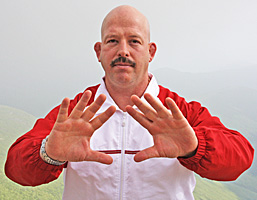“I didn’t have a geyser, or a steam valve in the top of my head, but I did have an imagination. So I began to use this mental picture when I would retire into my mental quiet room. I would remember Old Faithful, and form a mental picture of emotional steam and pressure coming out of the top of my head and evaporating harmlessly. Try this mental picture on yourself when you’re “wrought up” or tense. The ideas of “blowing off steam” and “blowing your top” have powerful associations built into your mental machinery.” – Maxwell Maltz, M.D. – Psycho-Cybernetics, Updated and Expanded
One of the keys to using the mental imagery that Dr. Maltz described in this passage can be found in the words “evaporating harmlessly.”
You blow off steam in a positive way that benefits yourself and others. It would also be a good idea, for visualization purposes, if you’ve never been to Yellowstone National Park, to watch a clip of Old Faithful erupting.
If a geyser blows off steam about once an hour, consider the benefits of doing so at least once a day.
Calm your mind. Let go of the excess pressure, stress and strain.
Matt Furey

